Discovering Japan’s Quirky Mascot Culture with Rakufun
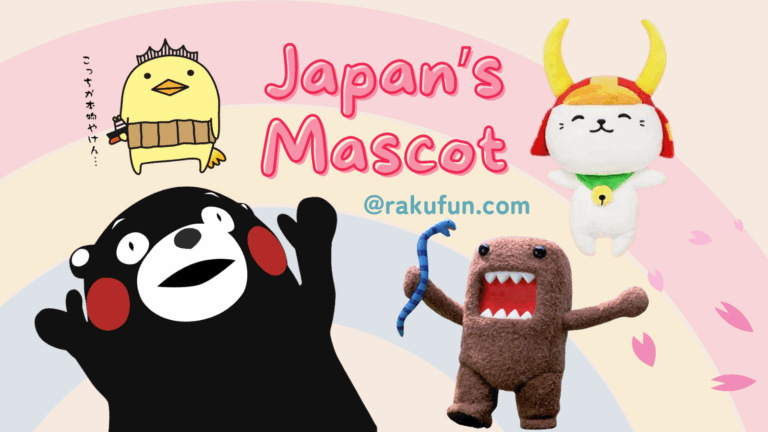
Japan’s mascot culture goes far beyond the well-known Kumamon, entering a fascinating world where every region and institution has created its own “yuru-chara” (soft character) to represent its unique identity. These characters are not merely marketing tools but have evolved into beloved cultural icons with rich backstories and distinct personalities that resonate deeply with both locals and international fans. What makes Japanese mascots truly fascinating isn’t just their cute appearances, but the elaborate narratives and cultural context behind each creation.
The Dark Horses: Japan’s Lesser-Known Mascot Gems
While most people recognize Kumamon, Japan’s mascot universe contains fascinating characters with unexpected origins and characteristics that even many Japanese enthusiasts don’t fully know. Beyond the famous examples lies a fascinating world of obscure mascots with equally compelling stories.
Kumamon: The Bureaucratic Bear
Kumamon may look like a simple black bear, but this design intentionally incorporates symbolic elements from its home region. The black body represents Kumamoto Castle, while the red cheeks evoke Kumamoto’s nickname as the “fire country,” referencing its volcanic activity. What truly sets Kumamon apart is his official status as a government employee—he holds the title of “Sales Manager and Happiness Manager” for Kumamoto Prefecture, making him perhaps the world’s only mascot with a bureaucratic portfolio.
His human-like role doesn’t stop there. The mascot’s team has orchestrated elaborate storylines that captured national attention, including a much-publicized “disappearance” in 2013 when he allegedly went missing while handing out business cards in Osaka. This fictional crisis prompted real emergency press conferences by the governor, generating massive media coverage estimated to be worth over 6 billion yen in advertising value.
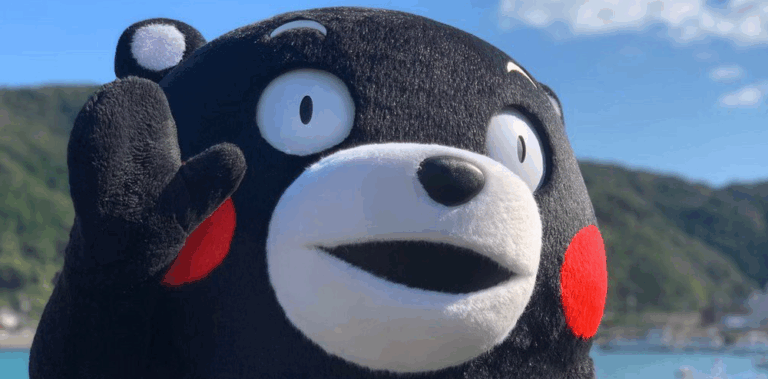
Funassyi: The Unauthorized Phenomenon
In stark contrast to Kumamon’s official status, Funassyi (the “Peary”) emerged as an unofficial mascot created by a citizen of Funabashi City in Chiba Prefecture. This bright yellow pear-shaped character gained popularity through its hyperactive behavior and screaming voice, a deliberate departure from traditional cute mascot behavior. Despite initial rejection from local authorities, Funassyi’s grassroots popularity eventually forced the city to acknowledge it as an unofficial ambassador.
What many don’t know is that Funassyi’s creator remains anonymous, and the character operates outside government control, yet has achieved mainstream success including appearances on Kohaku Uta Gassen (Japan’s equivalent of the Eurovision Song Contest). This represents a unique case of a grassroots mascot outperforming official counterparts through pure popular appeal.
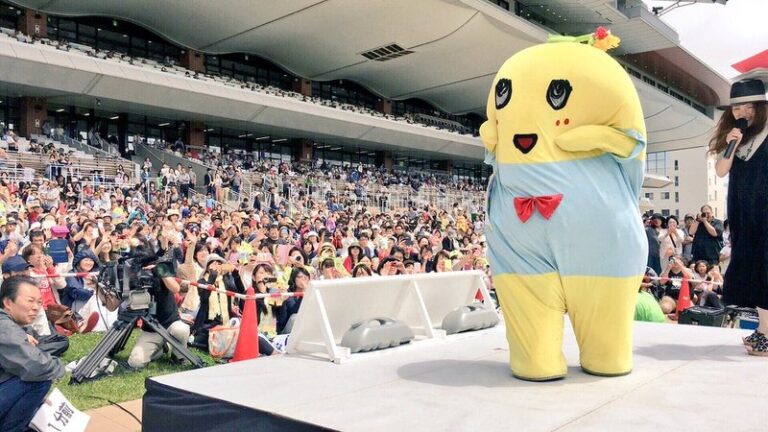
Hikonyan: The Historical Feline
Hikonyan, the cat samurai mascot of Hikone City, embodies historical authenticity rather than fictional gimmicks. Created for the 400th anniversary of Hikone Castle, this character draws directly from local lore about a white cat that supposedly saved the second lord of Hikone from a lightning strike by alerting him to take shelter. The design incorporates accurate historical elements—the helmet resembles what the first lord actually wore into battle.
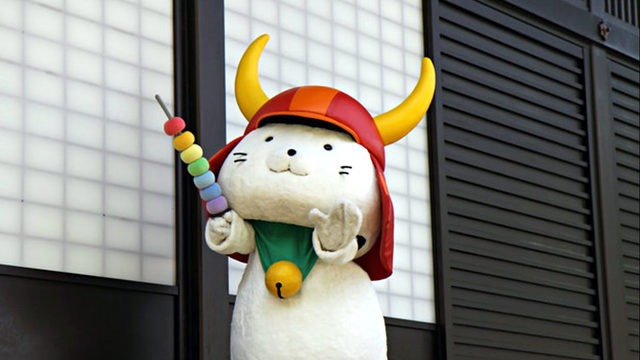
Namejuro: The Mushroom of Melancholy
Perhaps the most unconventional successful mascot is Namejuro, created by Gunma Prefecture to promote their struggling mushroom industry. Instead of projecting enthusiasm, Namejuro embodies resigned melancholy and apathy—his permanent expression suggests someone who would rather be anywhere else. This surprisingly authentic representation of modern disillusionment has made him a cult favorite among young people who see their own feelings reflected in his demeanor.
In a landscape of relentlessly cheerful characters, Namejuro’s honest portrayal of disengagement has paradoxically generated more attention for Gunma’s mushrooms than traditional marketing might have achieved.
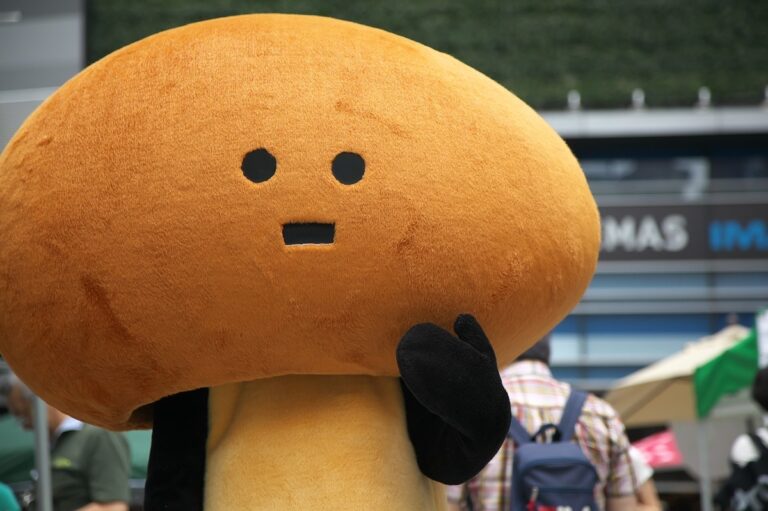
Barysan: The Bird with Local Pride
Barysan represents Ehime Prefecture’s Imabari City through a clever visual representation of regional products. His crown-shaped crest mimics the Kurushima Kaikyo Bridge, his belly wrap is made from Imabari’s famous towels, and he carries a boat-shaped wallet referencing the local shipbuilding industry. This comprehensive incorporation of regional economic pillars makes Barysan a walking advertisement for local industry.
Unlike mascots with exaggerated personalities, Barysan behaves like a mild-mannered middle-aged man who enjoys beer and collecting belly bands—a relatable persona that resonates with Japan’s aging population.
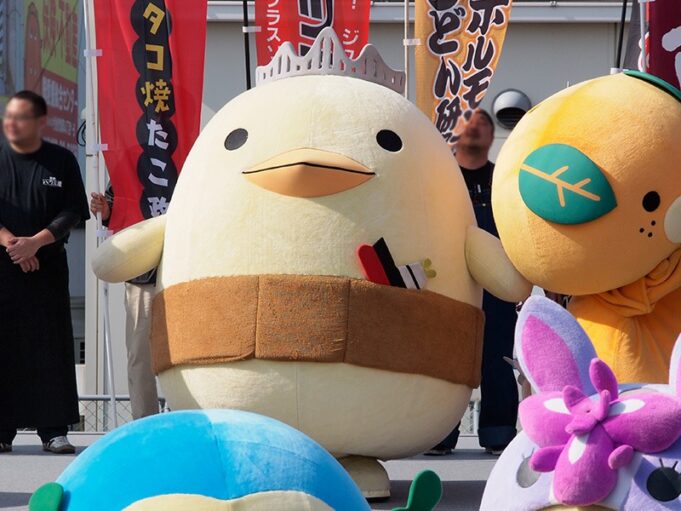
Kapal: The Comeback Kappa
Kapal, a kappa (mythical water creature) mascot from Saitama’s Shiki City, represents one of the most remarkable turnaround stories in mascot history. Originally created in 2000 as an illustration for local publications, Kapal was nearly abandoned when the magazine was discontinued. However, a spontaneous Twitter revival in 2011 transformed him from a forgotten design to an official mascot, eventually earning the title of “Health Ambassador” and winning Japan’s Mascot Grand Prix in 2018.
Kapal’s story demonstrates how digital platforms can resurrect forgotten characters, and his subsequent involvement in a mascot metal band called “CHARAMEL” shows the unexpected directions these characters can take.
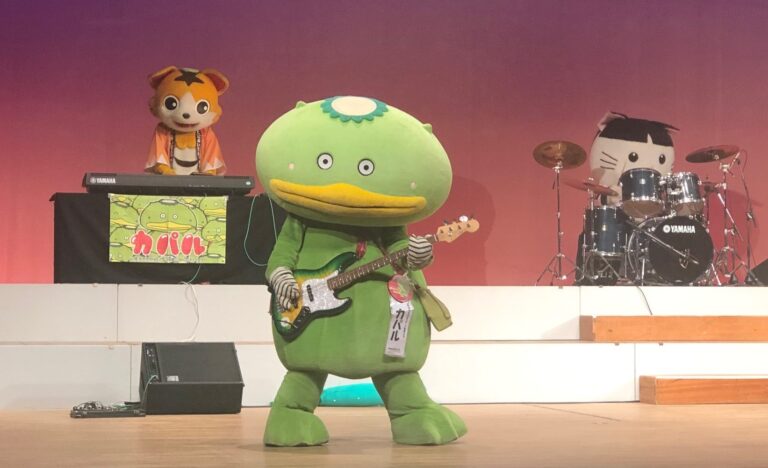
How to Shop Japanese Mascot Merchandise
The world of Japanese mascot merchandise extends far beyond typical keychains and plush toys, encompassing an impressive range of product categories that allow fans to integrate their favorite characters into various aspects of daily life. Understanding what’s available and where to find authentic items can enhance your collection significantly.
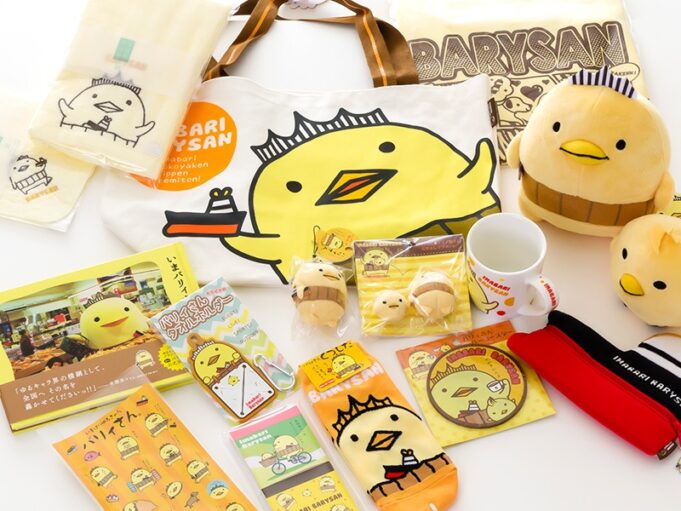
Diversity of Mascot Merchandise
Japanese mascot merchandise typically falls into several categories, each offering different ways to engage with these characters. Apparel and accessories include eve rything from T-shirts featuring mascot designs to more subtle items like neck straps printed with character images, practical for work when attaching a name card holder. Stationery and everyday items form another major category, with mascots appearing on everything from traditional envelopes like “Pochibukuro” (small pouches useful as New Year’s money-gift envelopes) to masks that have become essential items in recent years.
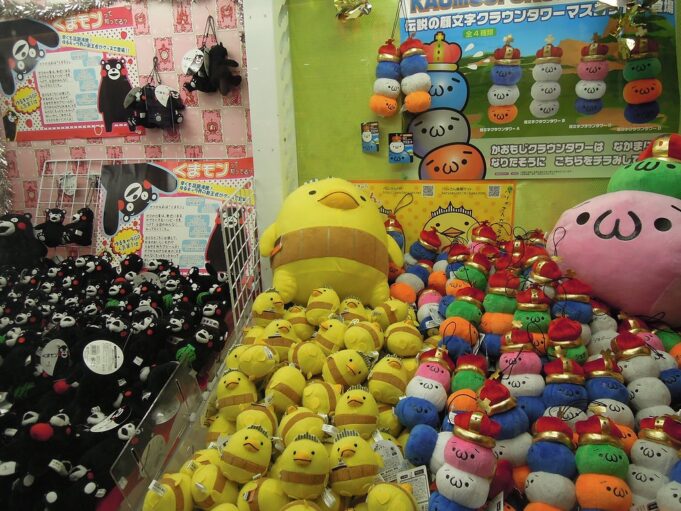
For collectors, limited edition and specialty items offer the most exciting opportunities. These can include everything from exclusive figures only available at specific locations to collaboration products with major brands. Some mascots even have their own dedicated stores—Funassyi operates “Funassyiland,” while Kumamon has an entire square in Kumamoto dedicated to his merchandise.
The production of these items often incorporates local industries, with many products manufactured at work-support facilities for people with disabilities within the mascot’s home region, adding a layer of social contribution to purchases.
Navigating the Marketplace with Rakufun
For international fans, acquiring authentic Japanese mascot merchandise has historically presented challenges, from language barriers to international shipping restrictions. This is where dedicated proxy shopping services like Rakufun become invaluable gateways to genuine products.
Rakufun specializes in bridging the gap between international customers and Japan’s unique shopping landscape. The platform provides access to hard-to-find regional items that typically only sell within their prefecture of origin. Through Rakufun, you can discover mascot goods from lesser-known characters that nonetheless have compelling stories and high-quality merchandise.
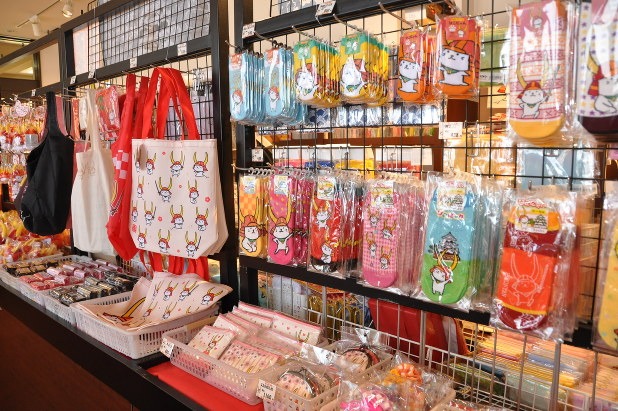
The service simplifies the entire process: users can browse Japanese online stores without language barriers, secure items from exclusive online campaigns, and have everything consolidated into single shipments to save on international shipping costs. This approach proves particularly valuable for mascot enthusiasts, as many regional products are distributed through multiple small vendors rather than centralized marketplaces.
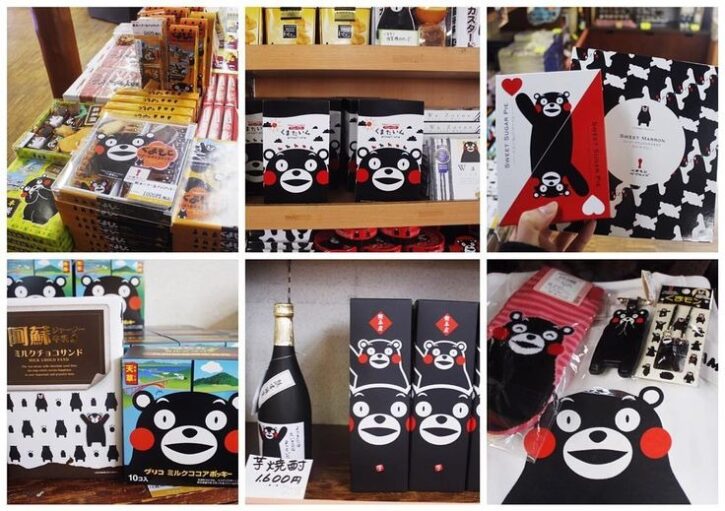
When using Rakufun or similar services for mascot merchandise, it’s helpful to search using both the mascot’s Japanese name and the romanized version. Pay special attention to seasonal campaigns and local festivals, as these often generate limited-edition items that become collectible quickly. Additionally, following specific mascot official social media accounts can alert you to new product launches that you can then source through Rakufun.
Japan’s mascot culture represents a fascinating intersection of traditional regional pride and contemporary pop culture. These characters have evolved from simple promotional tools into complex characters with dedicated followings. Their merchandise offers not just cute designs but tangible connections to the stories and regions they represent. For international fans seeking authentic pieces of this unique cultural phenomenon, services like Rakufun provide essential access to a world beyond typical tourist souvenirs—a world where each purchase comes with its own story and cultural context.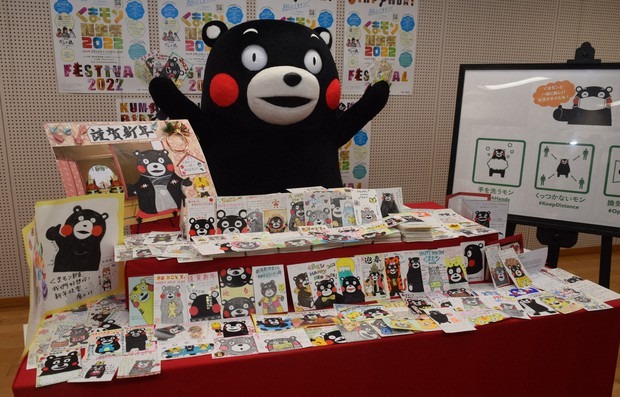
Rakufun simplifies Japanese proxy shopping and global shipping, your all-in-one app for a seamless, fee-free experience:https://blog.rakufun.com/?p=9646

